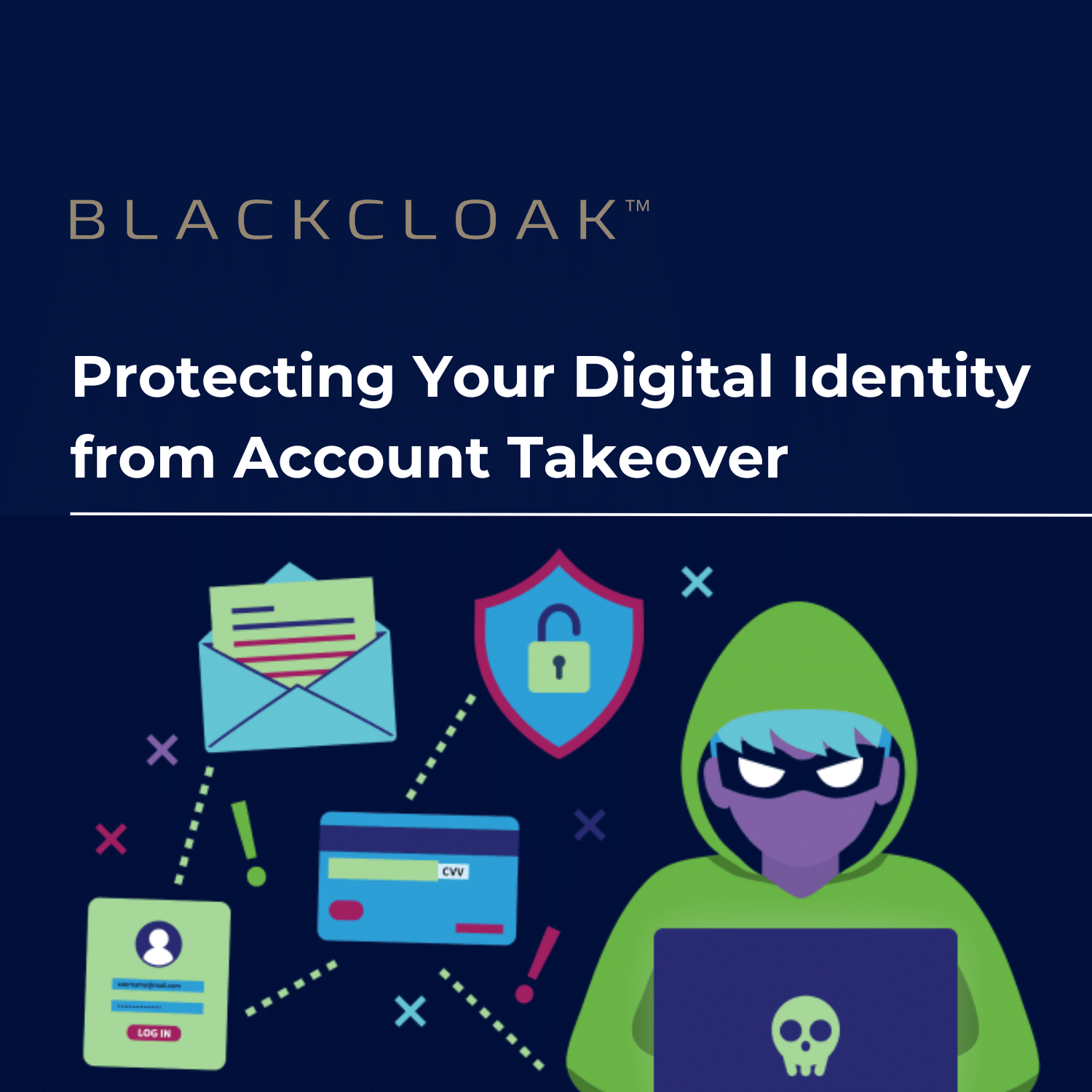Protecting Your Digital Identity from Account Takeover - 10 Tips

Protecting your online identity is more crucial than ever. Account takeover, where cybercriminals gain unauthorized access to your online accounts, can lead to severe consequences, including financial loss, reputational damage, and personal distress.
First, we’ll discuss the story of Sarah, a victim of account takeover, and then second, we’ll share essential tips to help you safeguard your digital identity.
Sarah’s Story: A Cautionary Tale
Sarah, a high-profile marketing professional, was living a busy life, juggling work and personal commitments. One day, she received an email that appeared to be from her bank, asking her to verify her account information. The email looked legitimate, with the bank’s logo and branding, so she clicked on the link and entered her details.
Unbeknownst to Sarah, the email was a phishing attempt. Within hours, cybercriminals had gained access to her bank account, email, and social media profiles. They changed her passwords, locked her out of her accounts, and began making unauthorized transactions. Sarah’s life was turned upside down as she struggled to regain control of her digital identity.
What is Account Takeover Fraud?
Account takeover fraud occurs when a malicious actor gains unauthorized access to a victim’s online account, such as email, banking, e-commerce, or social media. Once access is gained, the fraudster can exploit the account for various purposes, including:
- Stealing personal or financial information
- Making unauthorized transactions or purchases.
- Changing account credentials to lock the rightful owner out
- Using the account to commit further fraud or scams (e.g., phishing)
This type of fraud often involves techniques like phishing, credential stuffing, SIM swapping, or exploiting weak passwords. ATO poses significant risks to individuals and organizations, particularly high-net-worth individuals and corporate executives, leading to financial losses, reputational damage, and privacy breaches.
Account Takeover vs Identity Theft
Account takeover fraud and identity theft are often used interchangeably, but they differ in scope and focus. ATO involves unauthorized access to an existing account, such as a bank or email account, to exploit it for fraudulent activities like stealing funds or personal data. In contrast, identity theft is broader and involves stealing personal information, such as Social Security numbers or credit card details, to impersonate the victim and commit fraud across multiple systems, such as opening new accounts or loans.
When it comes to protecting yourself against these various threats, certain standard protections can provide a good baseline of defense. Let’s dive into the basics.
Basics of Account Takeover Protection: 10 Tips to Protect Your Digital Identity
Enable Multi-Factor Authentication (MFA)
- MFA adds an extra layer of security by requiring two or more verification methods. This could include something you know (password), something you have (smartphone), or something you are (fingerprint).
Use Strong, Unique Passwords
- Avoid using easily guessable passwords like “password123” or “123456.” Instead, create complex passwords with a mix of letters, numbers, and special characters. Use a different password for each account.
Be Wary of Phishing Attempts
- Always verify the sender’s email address and look for signs of phishing, such as misspellings or suspicious links. Never click on links or download attachments from unknown sources.
Regularly Monitor Your Accounts
- Keep an eye on your bank statements, credit reports, and online accounts for any unusual activity. Early detection can help mitigate the damage caused by account takeover.
Update Software and Harden Your Personal Devices
- Ensure that your operating systems, applications, and devices are up-to-date with the latest security patches. Cybercriminals often exploit vulnerabilities in outdated software.
- Follow our guide to hardening your iOS or Android device to increase their security.
Use a Password Manager
- A password manager can help you generate and store strong, unique passwords for all your accounts. This reduces the risk of using weak or repeated passwords.
Secure Your Home Network
- Change the default login credentials for your router and enable WPA3 encryption. This helps protect your home network from unauthorized access.
Limit Personal Information Sharing
- Be cautious about the information you share online, especially on social media. Cybercriminals can use personal details to guess passwords or answer security questions.
Educate Yourself and Your Family
- Stay informed about the latest cybersecurity threats and best practices. Share this knowledge with your family members to ensure everyone is aware of the risks and how to stay safe.
Consider Professional Protection Services
- Services like BlackCloak offer comprehensive digital protection, including monitoring, threat detection, and personalized security recommendations.
Sarah’s experience serves as a stark reminder of the importance of protecting your digital identity. By following these tips and staying aware, you can significantly reduce the risk of account takeover and ensure your online presence remains secure.
BlackCloak: Personal Account Takeover Protection Services
BlackCloak offers award-winning personal cybersecurity services to executives, public figures, and high-net-worth individuals. If you’re interested in learning more about how our comprehensive concierge cybersecurity services can protect you and your family against account takeovers, contact us today.









